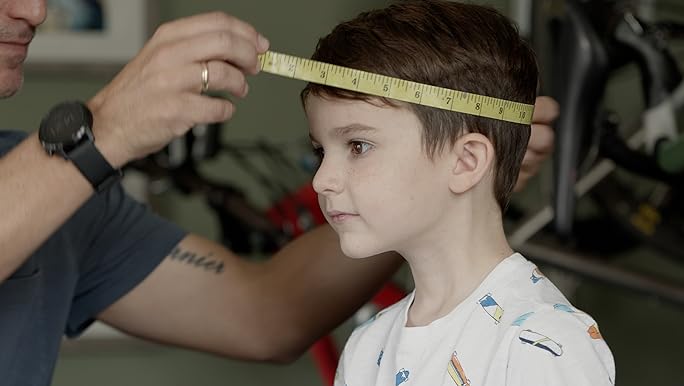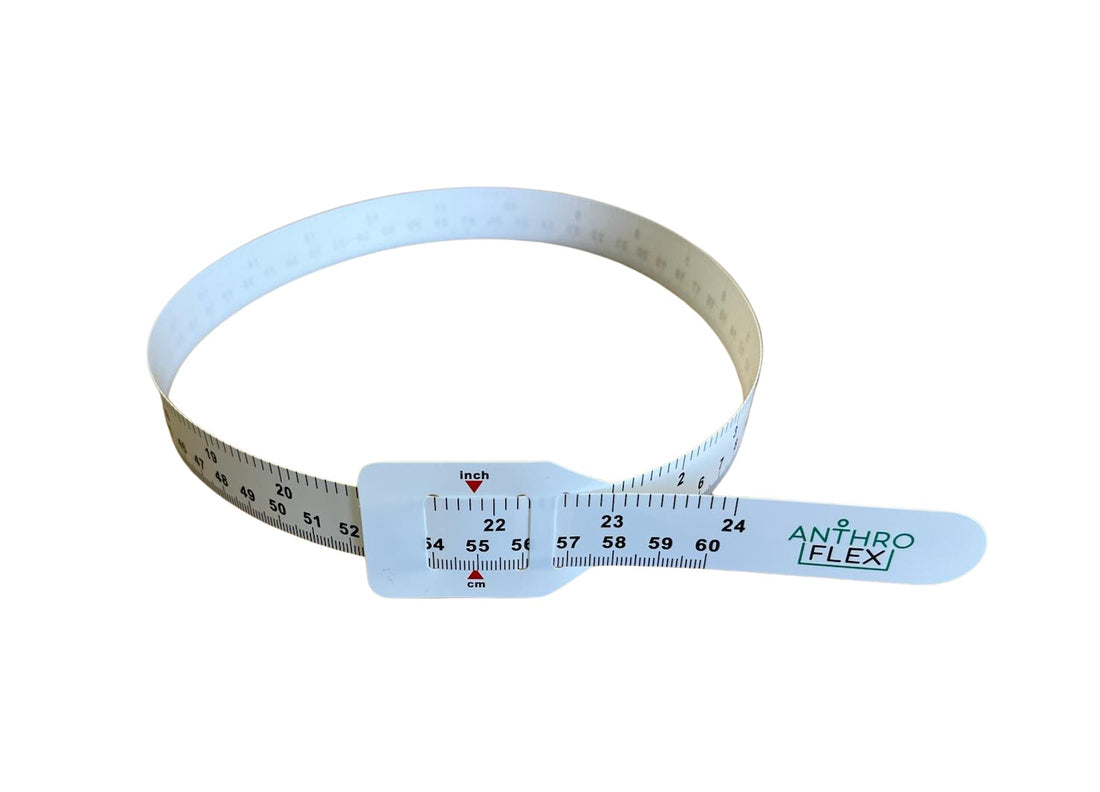Anthropometric measurements in babies make it possible to monitor their health status to prevent and / or detect diseases early.
The most used measurements are:
- Weight
- Length (height)
- Circumference: brachial (upper arm) and cephalic (cranial).
Assessing the weight, length, and head circumference help identify the normal and adequate values and if the infant is growing properly. The upper arm circumference helps to determine the nutritional status.
Measurement Techniques for Babies
The measures are evaluated with the reference tables offered by the WHO, always according to the age of the infant.















